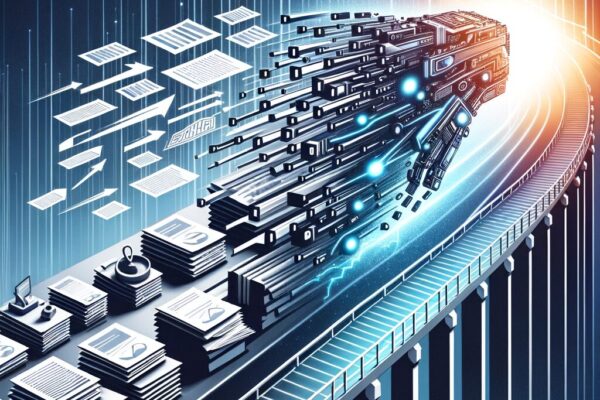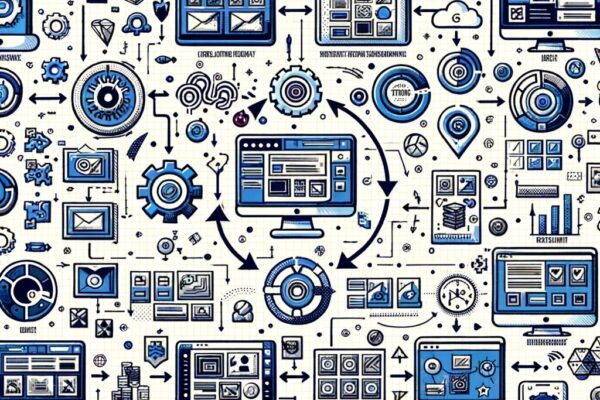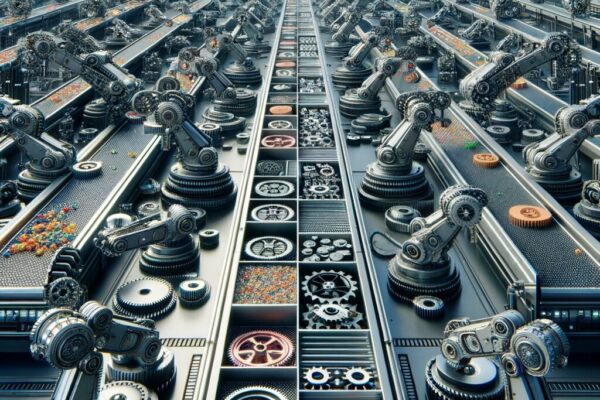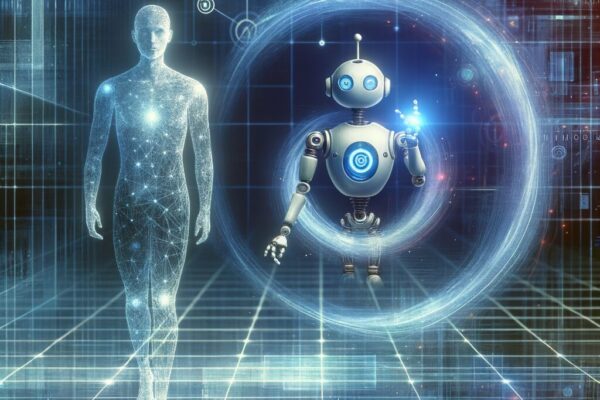
Streamlining Employee Onboarding with AI-Driven Automation: Ending the Administrative Abyss
When a new employee joins your company, the promise of fresh energy and ideas is often immediately dampened by the crushing weight of paperwork, scheduling conflicts, and endless email reminders. For HR managers and operations leaders, the manual onboarding process isn’t just tedious—it’s an uphill battle that drains precious resources and muddles the focus from strategic priorities. Each missed document, scheduling overlap, or uninspired welcome email chips away at both morale and compliance, creating ripples that tug at your entire organizational fabric.
If this sounds familiar, you’re not alone. Many small and medium-sized businesses find themselves trapped in the quagmire of manual onboarding tasks. But what if there was a way to reclaim your time, reduce costly errors, and make every new hire feel valued from day one, all without hiring extra staff or surrendering your personal touch? The answer lies in harnessing the transformative power of AI-driven automation.
The Hidden Cost of Manual Onboarding
Before exploring how AI can revolutionize onboarding, it is critical to understand what’s at stake. HR teams routinely spend hours—sometimes days—on routine activities like:
- Collecting and verifying employee documents
- Scheduling orientation sessions and mandatory trainings
- Sending follow-up reminders to ensure timely completions
- Recording and tracking compliance data
This administrative bulk often breeds frustration, mistakes, and delays. A missed signature on a compliance form or a forgotten training session can have legal repercussions or slow a new employee’s productivity. Equally damaging is the loss of engagement when new hires feel like they’re part of a bureaucratic conveyor belt rather than welcomed teammates.
The solution is not more people; it is smarter processes. Artificial intelligence and automation offer the tools to strip away labor-intensive tasks, freeing HR professionals to focus on what truly matters—building a supportive and inclusive workplace culture.
Unlocking Efficiency with AI-Powered Onboarding
Integrating AI into your onboarding workflow transforms this traditionally manual process into a streamlined, intelligent system that works around the clock. Here’s how to architect your AI-driven onboarding:
1. Optical Character Recognition (OCR) to Auto-Fill Documents
Handing over stacks of forms for new hires to complete—only to then manually input that data into your HR management system—is a glaring inefficiency. AI-powered OCR technology scans employee-submitted documents, instantly extracting critical information such as names, addresses, tax IDs, and banking details.
This automation eliminates transcription errors, accelerates document processing, and ensures your records are accurate and up-to-date. Employees appreciate the reduction in redundant data entry, and HR teams get to skip hours of tedious clerical work.
2. Intelligent Scheduling for Orientation and Training
Coordinating busy schedules for orientations and mandatory training sessions is one of the most painful parts of onboarding. AI-powered scheduling tools analyze calendars, location constraints, and role-specific requirements to automatically assign sessions. These systems also factor in trainer availability and optimal group sizes to maximize engagement.
Beyond logistics, intelligent scheduling personalizes training pathways—delivering relevant modules to each employee based on their department and previous experience. Automated calendar invites and reminders reduce no-shows and make the process transparent for everyone involved.
3. Automated Check-Ins to Ensure Compliance and Boost Engagement
After initial onboarding activities, follow-ups are crucial yet frequently overlooked. AI-enabled workflows can send personalized check-in sequences via email or SMS, confirming completion of trainings, collecting feedback, and answering common questions through integrated help resources.
These automated touchpoints keep new hires connected without burdening HR staff with micromanagement. The system tracks responses and escalates issues before they become problems, maintaining compliance and showing employees that their progress matters.
Step-By-Step Integration Strategies
Deploying AI automation requires careful planning to align with your existing HR infrastructure without disruption. Consider the following strategy:
- Evaluate Your Current Systems: Review HRIS or payroll software to identify what data is currently captured and accessible. Choose AI tools that offer robust integration via APIs to avoid data silos.
- Pilot the OCR Module: Start by digitizing a subset of employee document types. Test accuracy and tweak form formats to optimize scanning success.
- Implement Intelligent Scheduling: Roll out AI scheduling for a specific training or orientation group and gather user feedback.
- Launch Automated Check-Ins: Use phased communication sequences targeting new hires from previous steps.
- Monitor and Iterate: Leverage analytics dashboards to track onboarding cycle times, completion rates, and error reductions. Use these insights for continuous improvement.
With incremental rollout and evaluation, your team can build trust in the new system and maintain control over the experience.
Prioritizing Data Security and Privacy
Speed and automation should never come at the expense of employee privacy or legal compliance. AI onboarding solutions must comply with regulations like GDPR or CCPA. Here’s how to protect sensitive data:
- Use encrypted channels for data transmission and storage.
- Limit access controls to authorized HR personnel only.
- Maintain detailed audit trails of document handling.
- Regularly update software to patch vulnerabilities.
Partnering with AI providers who prioritize these protocols ensures your workforce’s trust remains intact.
Quantifying the ROI: The Practical Benefits of Faster, Error-Free Onboarding
Transitioning to AI-driven onboarding might seem like a sizable upfront investment, but the returns are clear-cut:
- Time Savings: Automation shrinks onboarding duration from days to hours, allowing HR to allocate resources to culture-building and talent development.
- Error Reduction: Automated data capture reduces costly manual errors that could trigger compliance risks or payroll mismatches.
- Employee Engagement: Streamlined processes improve new hire impressions, reducing early turnover and boosting productivity.
- Cost Efficiency: Eliminating paper-heavy administrative steps cuts material and overhead expenses.
A simple ROI model compares personnel hours saved versus implementation costs, often showing breakeven within months. Beyond finances, the intangible value of happier employees and empowered HR teams pays dividends for company reputation and growth.
How MyMobileLyfe Can Elevate Your Onboarding Experience
Embracing AI-driven automation for onboarding is more than adopting new technology—it’s a transformative leap toward operational excellence. For business leaders and HR teams seeking a partner to navigate this evolution, MyMobileLyfe offers expert guidance and customizable AI solutions tailored to your unique needs.
From deploying OCR for effortless document processing to integrating intelligent scheduling tools and compliance check-ins, MyMobileLyfe leverages robust AI, automation, and data analytics to supercharge your HR workflows. Their team ensures seamless implementation, unwavering data security, and measurable results that enhance productivity and reduce overhead.
Don’t let manual onboarding drag your business down. Reach out to MyMobileLyfe today and discover how smart automation can lift your workforce processes into a future where every new hire feels welcomed, prepared, and valued—without the exhaustion of administrative backlog. The path to efficient, error-free onboarding begins here.



































































































































































Recent Comments